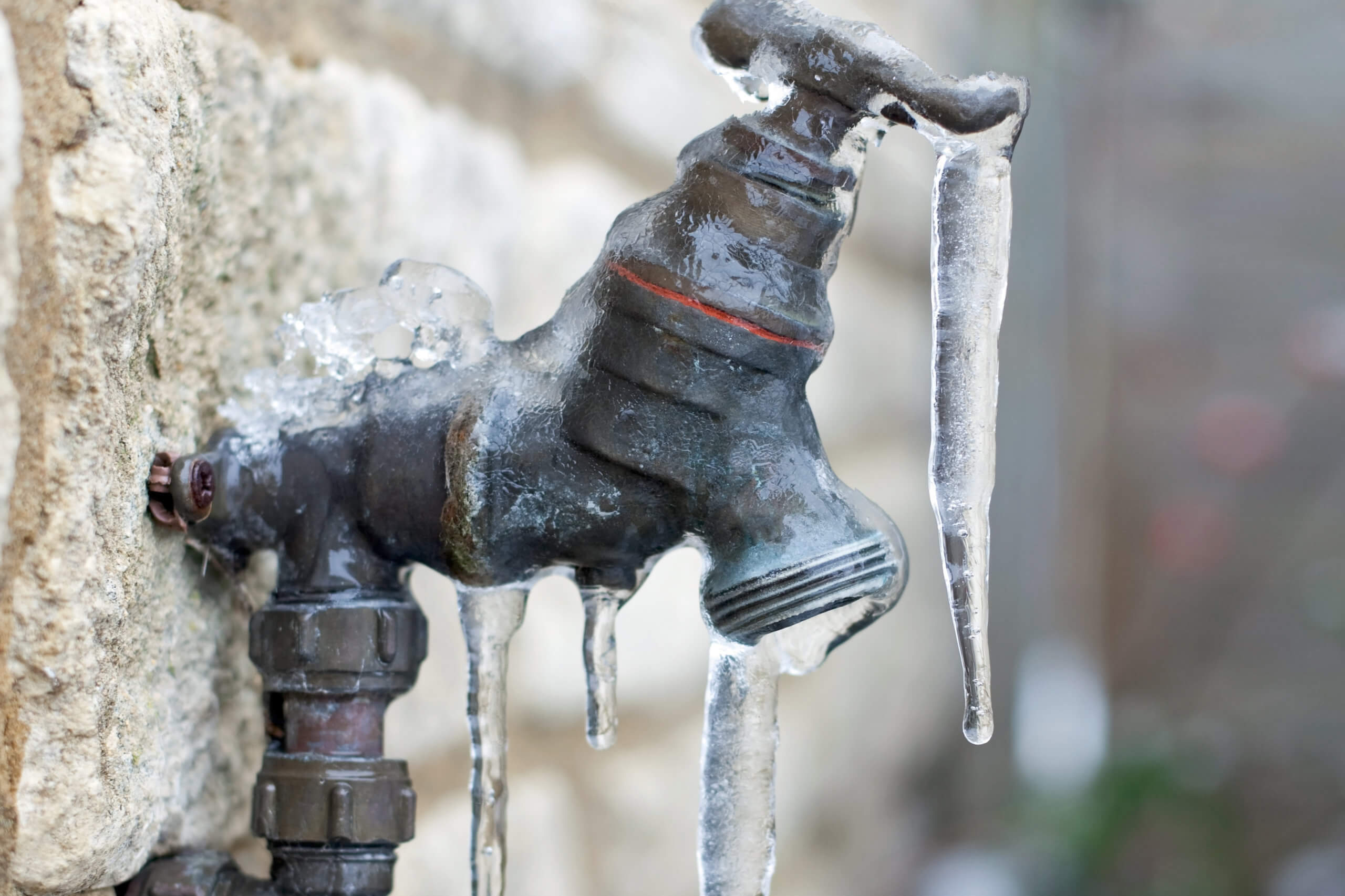Avoiding Frozen Plumbing in Winter: Professional Advice
Avoiding Frozen Plumbing in Winter: Professional Advice
Blog Article
What are your ideas with regards to How to Prevent Your Pipes From Freezing?

Winter can ruin your plumbing, especially by freezing pipes. Right here's how to avoid it from happening and what to do if it does.
Introduction
As temperature levels decrease, the danger of frozen pipes rises, possibly causing pricey repair work and water damage. Recognizing how to stop icy pipes is vital for property owners in cold climates.
Understanding Icy Pipelines
What causes pipes to ice up?
Pipes ice up when subjected to temperature levels listed below 32 ° F (0 ° C) for extended durations. As water inside the pipes freezes, it increases, taxing the pipe walls and potentially triggering them to break.
Threats and problems
Icy pipes can result in water supply disturbances, residential or commercial property damages, and pricey fixings. Ruptured pipelines can flood homes and cause extensive structural damage.
Indications of Frozen Piping
Identifying frozen pipelines early can stop them from breaking.
How to determine frozen pipes
Try to find decreased water flow from faucets, unusual odors or sounds from pipelines, and visible frost on revealed pipes.
Prevention Tips
Protecting vulnerable pipes
Wrap pipelines in insulation sleeves or make use of heat tape to safeguard them from freezing temperatures. Focus on pipes in unheated or external locations of the home.
Home heating methods
Keep interior spaces properly heated up, particularly locations with pipes. Open up cabinet doors to enable cozy air to distribute around pipelines under sinks.
Safeguarding Outdoor Plumbing
Yard hose pipes and exterior faucets
Separate and drain pipes yard hose pipes prior to wintertime. Install frost-proof faucets or cover outdoor taps with insulated caps.
What to Do If Your Pipelines Freeze
Immediate activities to take
If you presume icy pipes, maintain faucets available to relieve stress as the ice thaws. Utilize a hairdryer or towels soaked in warm water to thaw pipes gradually.
Long-Term Solutions
Structural adjustments
Think about rerouting pipes away from outside walls or unheated locations. Include additional insulation to attics, cellars, and crawl spaces.
Updating insulation
Invest in top quality insulation for pipes, attic rooms, and wall surfaces. Appropriate insulation assists keep consistent temperatures and lowers the risk of frozen pipes.
Verdict
Stopping frozen pipelines calls for positive actions and fast feedbacks. By comprehending the causes, signs, and preventive measures, house owners can shield their plumbing throughout cold weather.
5 Ways to Prevent Frozen Pipes
Drain Outdoor Faucets and Disconnect Hoses
First, close the shut-off valve that controls the flow of water in the pipe to your outdoor faucet. Then, head outside to disconnect and drain your hose and open the outdoor faucet to allow the water to completely drain out of the line. Turn off the faucet when done. Finally, head back to the shut-off valve and drain the remaining water inside the pipe into a bucket or container. Additionally, if you have a home irrigation system, you should consider hiring an expert to clear the system of water each year.
Insulate Pipes
One of the best and most cost-effective methods for preventing frozen water pipes is to wrap your pipes with insulation. This is especially important for areas in your home that aren’t exposed to heat, such as an attic. We suggest using foam sleeves, which can typically be found at your local hardware store.
Keep Heat Running at 65
Your pipes are located inside your walls, and the temperature there is much colder than the rest of the house. To prevent your pipes from freezing, The Insurance Information Institute suggests that you keep your home heated to at least 65 degrees, even when traveling. You may want to invest in smart devices that can keep an eye on the temperature in your home while you’re away.
Leave Water Dripping
Moving water — even a small trickle — can prevent ice from forming inside your pipes. When freezing temps are imminent, start a drip of water from all faucets that serve exposed pipes. Leaving a few faucets running will also help relieve pressure inside the pipes and help prevent a rupture if the water inside freezes.
Open Cupboard Doors
Warm your kitchen and bathroom pipes by opening cupboards and vanities. You should also leave your interior doors ajar to help warm air circulate evenly throughout your home.

I have been very eager about How to Prevent Your Pipes From Freezing and I am assuming you appreciated the new blog posting. You should pause to share this blog post if you liked it. Thank you for your time. Come back soon.
Visit Page Report this page